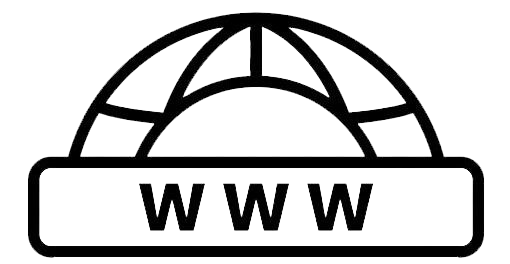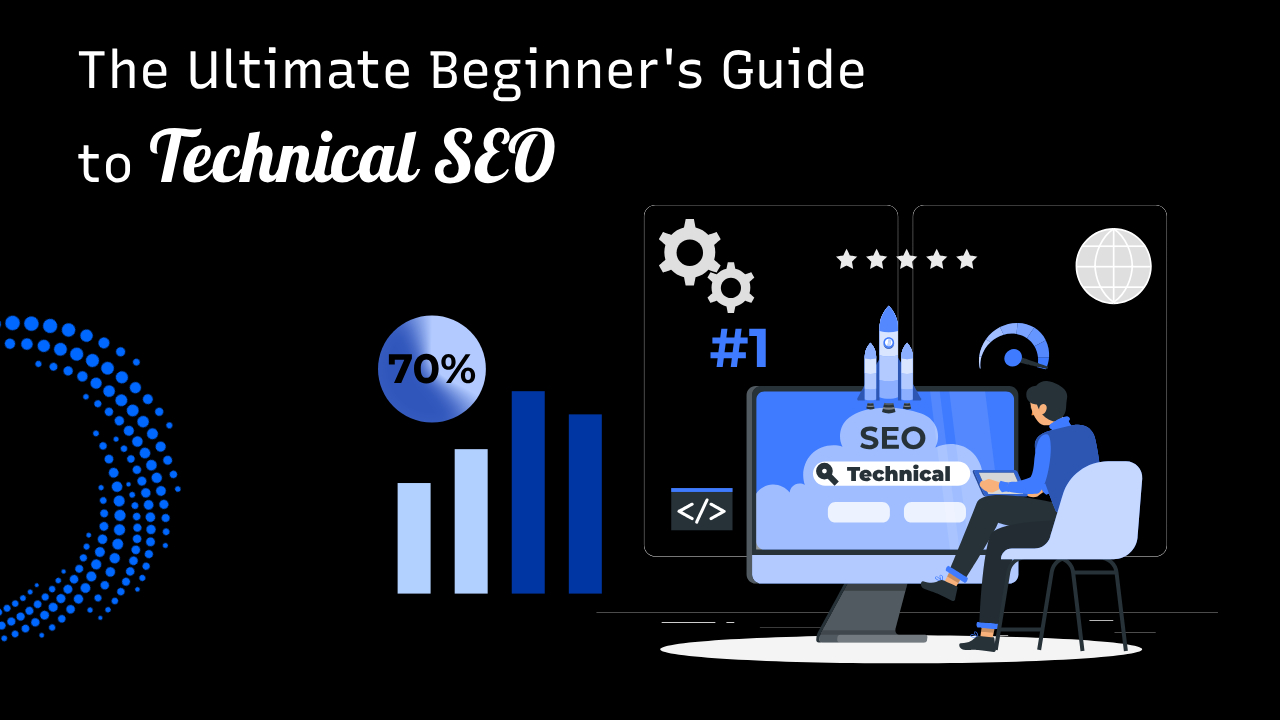1. What is Technical SEO?
Technical SEO, or Search Engine Optimization, is the process of improving a website’s technical aspects to improve its ranking in search engine results. Technical SEO can be important because if pages on your site aren’t accessible to search engines, they won’t appear in search results. This can result in a loss of traffic to your website and potential revenue to your business.
Technical SEO plays a vital role in ensuring that search engines can access and understand your website’s content. By addressing technical issues, you can enhance your site’s user experience, load speed, and mobile-friendliness, all of which are factors search engines consider when ranking websites.
3. The Beginners’ Checklist for Technical SEO
Website Speed Optimization:
Slow-loading websites can drive visitors away. Optimize your site’s speed by compressing images, minifying code, and utilizing browser caching.
Mobile-Friendly Design:
With mobile internet usage on the rise, having a responsive design is essential. Ensure that your website looks and functions well on mobile devices.
XML Sitemap Creation:
Create an XML sitemap to help search engines understand the structure of your site and index its pages more efficiently.
Robots.txt File:
A robots.txt file guides search engine bots on which parts of your site to crawl and index, ensuring they focus on the most important content.
Secure Your Website with HTTPS:
Make your site secure by implementing an SSL certificate (HTTPS). Google considers secure sites a ranking factor.
4. Content Optimization for SEO
Keyword Research: Keyword research is the foundation of SEO. Identify relevant keywords and incorporate them naturally into your content. Check our article on the best FREE and Paid keyword research tools.
High-Quality Content: Produce informative, engaging, and valuable content that resonates with your target audience.
On-Page SEO: Optimize individual pages with title tags, meta descriptions, header tags, and keyword-rich content.
Internal Linking: Create a logical link structure within your site to help users and search engines navigate content more easily.
User Experience (UX): A positive user experience is essential. Ensure your site’s layout, navigation, and readability are user-friendly.
5. Technical SEO Tools
Google Search Console: Monitor your site’s performance on Google and receive valuable insights and recommendations.
Google Analytics: Track user behavior on your website to make data-driven decisions and improve your SEO strategy.
SEO Plugins (for CMS): Use SEO plugins like Yoast or Rank Math for WordPress to simplify technical SEO tasks.
Screaming Frog SEO Spider: This tool crawls your website, identifying technical issues that may affect SEO.
SEMrush: SEMrush provides competitive analysis, keyword research, and site audit tools to improve your SEO efforts.
6. Structured Data Markup
Schema Markup: Implementing schema markup can enhance the way search engines display your content in the search results. It provides rich snippets that offer more information to users, increasing click-through rates.
Rich Snippets: Rich snippets include extra information, like star ratings for products or recipe cook times, which make your listings stand out in search results.
7. Website Security
Regular Security Audits: Perform regular security audits to protect your website from cyber threats. A compromised website can harm your SEO efforts.
SSL Certificate: Ensure your SSL certificate is up-to-date. Search engines favor secure sites, and visitors trust websites with “https” in the URL.
8. International SEO Considerations
Geotargeting: If your website targets a specific region or country, use geotargeting in Google Search Console to specify your target audience.
Multilingual Content: Create multilingual versions of your content to cater to a global audience.
9. Website Architecture
URL Structure: A clean and logical URL structure helps search engines and users navigate your website more effectively.
Breadcrumbs: Implement breadcrumbs to improve navigation and user experience.
10. Ongoing SEO Maintenance
Regular Audits: Perform regular SEO audits to identify and fix issues promptly.
Algorithm Updates: Stay informed about search engine algorithm updates and adjust your strategy accordingly.
Competitor Analysis: Analyze your competitors’ SEO strategies to identify opportunities for improvement.
FAQs (Frequently Asked Questions)
Q: What is the primary goal of technical SEO?
Technical SEO aims to optimize a website’s technical elements to enhance its visibility on search engine results pages (SERPs) and improve user experience.
Q: Why is mobile-friendliness important for SEO?
Mobile-friendliness is crucial because it ensures that your website displays and functions correctly on mobile devices, meeting the needs of a mobile-first audience.
Q: How often should I update my XML sitemap?
It’s good practice to update your XML sitemap whenever you add or remove significant content from your website. This helps search engines keep track of your site’s structure.
Q: What are some common technical SEO issues to watch out for?
Common technical SEO issues include slow page load times, duplicate content, broken links, and improper use of canonical tags.
Q: Can technical SEO improve my website’s ranking on search engines?
Yes, technical SEO can significantly impact your website’s search engine ranking by ensuring that search engines can easily crawl and index your site’s content.
Q: Is it necessary to hire an SEO expert for technical SEO?
While it’s possible to handle basic technical SEO tasks yourself, hiring an SEO expert can be beneficial, especially for more complex issues and in-depth optimizations.
Conclusion
Congratulations! You’ve completed our beginner’s guide to technical SEO. By implementing the strategies and best practices discussed in this guide, you’re well on your way to improving your website’s visibility, user experience, and overall performance on search engine results pages. Remember that technical SEO is an ongoing process, so stay up-to-date with the latest trends and algorithms to maintain and enhance your site’s SEO success.






